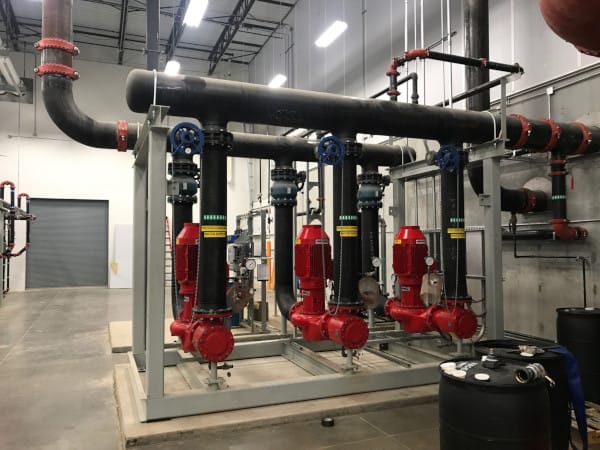Unlocking the Strength of Steel Beam: A Comprehensive Guide
Steel beams are fundamental components in construction projects, offering unparalleled strength and durability. From supporting structures to enhancing architectural designs, steel beams play a crucial role in various industries. In this guide, we delve into the intricacies of steel beams, addressing common questions and providing insightful answers to help you understand their significance and application.

What are the benefits of using steel beams in construction?
Steel beams offer numerous advantages, making them a popular choice in construction projects. Some key benefits include:
- Strength and Durability:Steel beams possess exceptional strength, allowing them to support heavy loads without compromising structural integrity. Additionally, steel is highly durable, capable of withstanding harsh environmental conditions, such as extreme weather and seismic activity.
- Versatility: Steel beams come in various shapes and sizes, offering flexibility in design and construction. They can be customized to suit specific project requirements, ensuring optimal performance and efficiency.
- Cost-effectiveness: While the initial cost of steel beams may be higher than alternative materials, their long-term benefits outweigh the investment. Steel structures require minimal maintenance and have a longer lifespan, reducing overall lifecycle costs.
- Sustainability: Steel is a recyclable material, making it an environmentally friendly choice for construction projects. Using steel beams contributes to sustainable building practices by reducing waste and conserving natural resources.
How are steel beams manufactured?
Steel beams are typically manufactured through a process called hot rolling. This involves heating steel billets to high temperatures and passing them through rollers to shape them into the desired profile, such as I-beams, H-beams, or U-channels. The hot rolling process ensures uniformity and strength in the finished product. Additionally, steel beams may undergo further treatments, such as galvanization or painting, to enhance their corrosion resistance and appearance.
What are the common applications of steel beams?
Steel beams find widespread use in various construction applications, including:
- Building Construction: Steel beams are essential for constructing commercial buildings, residential structures, bridges, and industrial facilities. They provide robust support for floors, roofs, and walls, allowing for open, spacious interiors and innovative architectural designs.
- Infrastructure Projects: Steel beams are integral to infrastructure projects, such as highways, railways, and airports. They are used in the construction of bridges, overpasses, tunnels, and retaining walls, ensuring safety, stability, and longevity.
- Manufacturing and Industrial Facilities: Steel beams are utilized in the construction of manufacturing plants, warehouses, and distribution centers. They support heavy machinery, equipment, and storage systems, facilitating efficient operations and maximizing space utilization.
How do steel beams compare to other construction materials?
When compared to alternative construction materials, such as wood or concrete, steel beams offer distinct advantages:
- Strength: Steel beams have a higher strength-to-weight ratio than wood or concrete, allowing for lighter and more efficient structural designs.
- Durability: Steel beams are resistant to rot, mold, termites, and fire, unlike wood. They also have superior corrosion resistance compared to concrete.
- Construction Speed: Steel beams can be prefabricated off-site and quickly assembled on-site, reducing construction time and labor costs.
- Design Flexibility: Steel beams offer greater design flexibility, allowing for innovative and complex architectural designs that may not be feasible with other materials.
Steel beams are indispensable components in construction, offering unparalleled strength, durability, and versatility. From towering skyscrapers to intricate bridges, steel beams play a vital role in shaping our built environment. By understanding the benefits, manufacturing process, applications, and comparative advantages of steel beams, construction professionals can make informed decisions to optimize their projects for success. Incorporating geosynthetic material type RR further enhances the sustainability and resilience of steel beam structures, ensuring long-term performance and environmental stewardship.



